AI has opinions about the PS6 and we can’t stop laughing
We ask a bunch of image generators to render the successor of the PS5 for us, hilarity ensues
KOSTAS FARKONAS
PublishED: August 5, 2025

So yours truly decided to report on the first information leaks about the PS6, as presented by YouTuber Moore’s Law Is Dead a few days ago… but also decided that it’s an important enough story to not use the same old generic PlayStation logo as accompanying artwork to its text. It will be a long while, though, before we even get a glimpse of a PlayStation6 development kit, let alone official photos of the consumer product itself – so what is one to do, other than turn to AI for help? It’s what everyone seems to be doing these days, after all!
Even a rough visual approximation of what the PS6 could eventually look like would basically serve its purpose, right? Yours truly thought so too… but boy was he not not ready for what almost a dozen different AI image generators offered as results to the same or similar prompts. So, he decided to turn this into an experiment: can a journalist, even a tech-focused one, rely on free LLM Web services in order to quickly and easily create accompanying artwork for his/her articles in 2025?

If we are talking efficiency here, the answer is “no”: the creation of the pictures featured in that article actually took yours truly more time than writing the story itself. Granted, conceptual artwork of imaginary tech products is not the easiest kind of visual result one can ask of AI-image generators through prompts, but still: unless one gets lucky with the first few prompts and rapidly refines the AI results with additional prompts building on the former, one should be prepared for a couple of wasted hours before an LLM finally gets it right.
The obvious reason why? Well, simply put, no less than 80% of the pictures created by AI using various prompts ended up being the kind of visual trash not worth anyone’s time or server compute. Of the remaining 20% that did not look wildly off the mark, around half were basically variations of the PS5 – and thus unusable – with just the other half being ultimately worth the small amount of corrective work needed in order to be published.

How many PS6 AI images did yours truly end up using for his article, out of more than a hundred created in the span of around six hours of experimenting in total? Just eight out of less than a dozen acceptable results. There were a few others, though, that were just so unintentionally weird, so hilariously plain wrong, that entertained us to no end here at The Point Online. So we decided to share.
In no particular order, then, here’s what ten different freely-available LLMs or specific AI image generation tools – including ChatGPT, Gemini, Perplexity, Microsoft Designer, Leonardo AI, Freepik, Canva, CGDreams and Craiyon among others – think the PS6 could look like come 2027 or 2028. Enjoy!
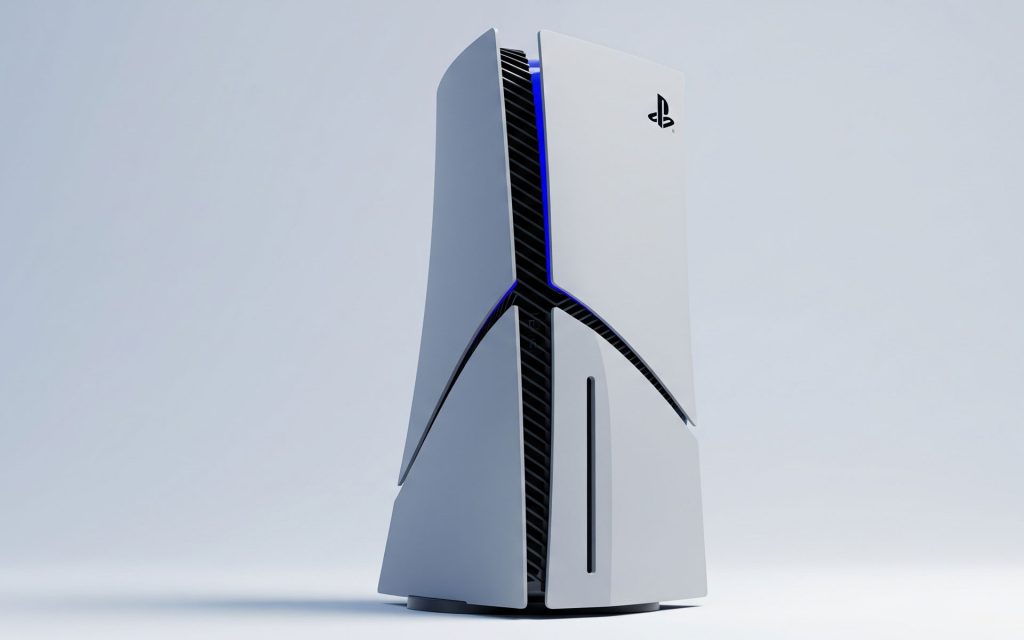

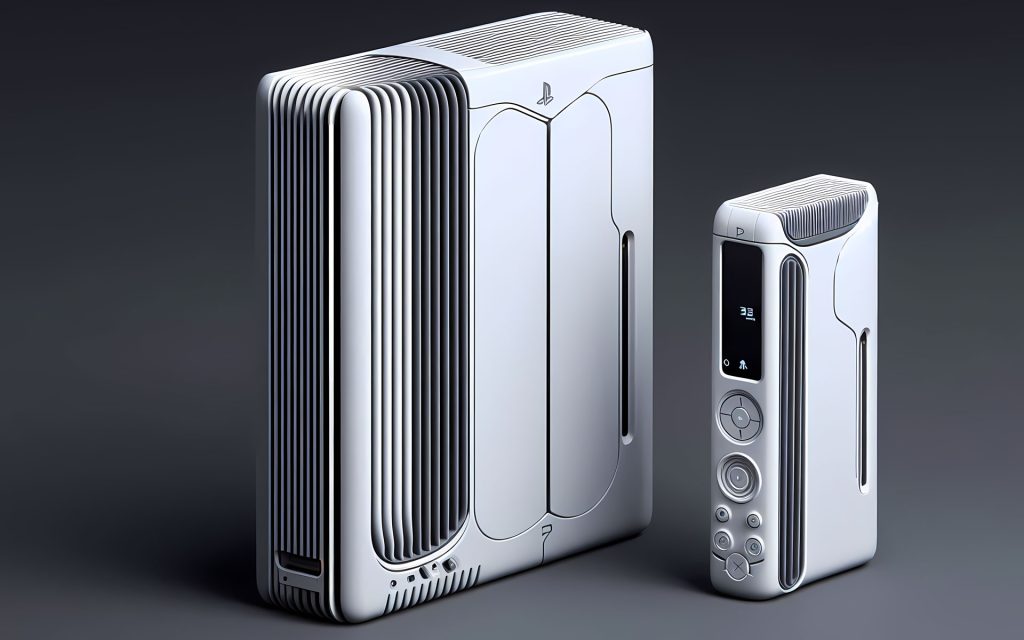
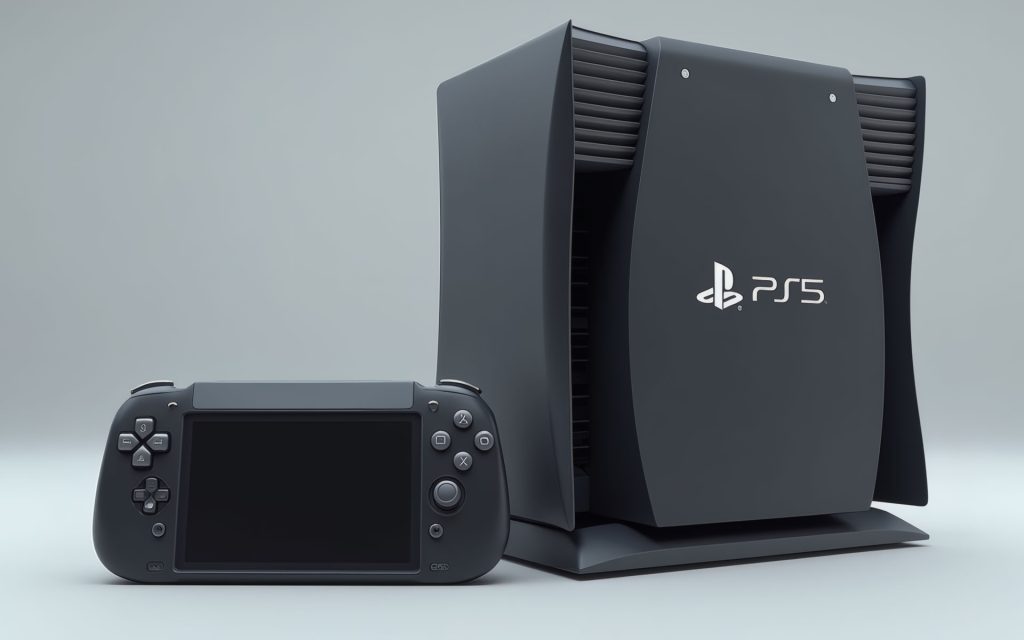
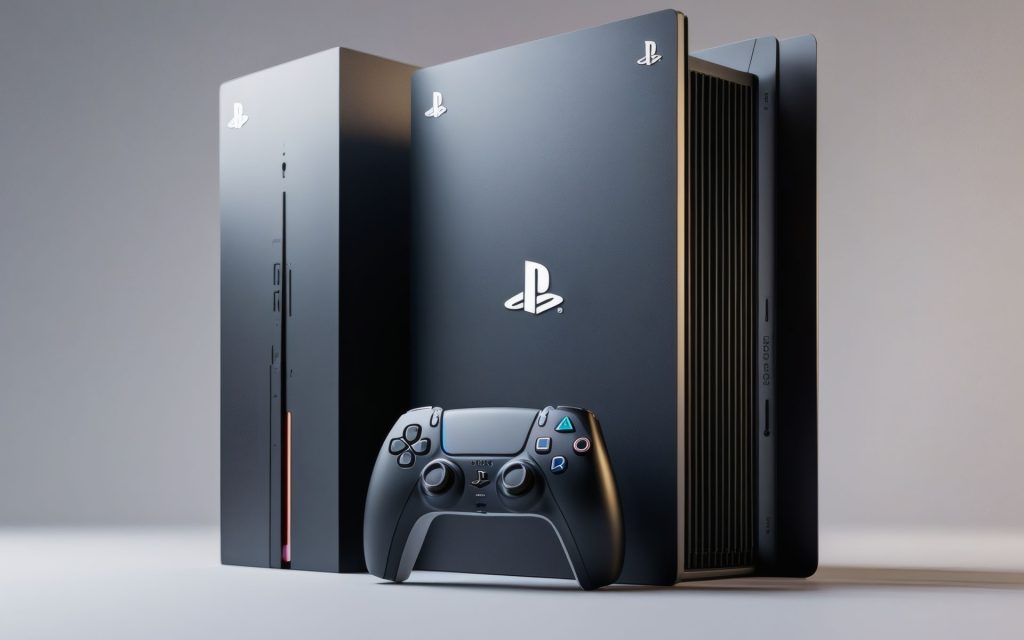
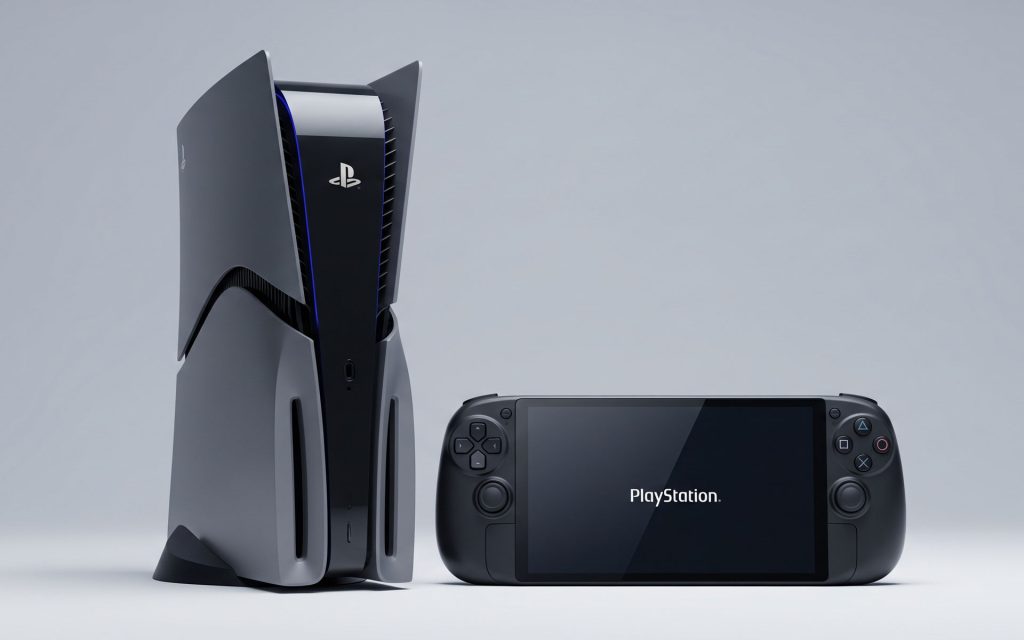
The findings of this exercise – that is, testing the actual capabilities of most free online AI-powered image generators right now, not locally hosted LLMs, in terms of conceptual design for tech products – could easily be a lengthy article all on its own. But the gist is this: not one of the aforementioned LLMs was capable of putting together a believable, visual error-free PS6 concept image without prompt refining. What’s more, some of them were incapable of rendering anything other than a crude variation of a PS5. Again and again, ad nauseam.
Yours truly won’t point the finger at any one LLM in particular – well, mostly – but let’s just say he’s interested to see what ChatGPT 5.0 can do soon in terms of image generation. See, the current 4.0 version was the only one seemingly capable of actually understanding visual errors it made and following instructions back-to-back so as to arrive at the desired result. It’s still time-consuming, but it is at least a usable approach.
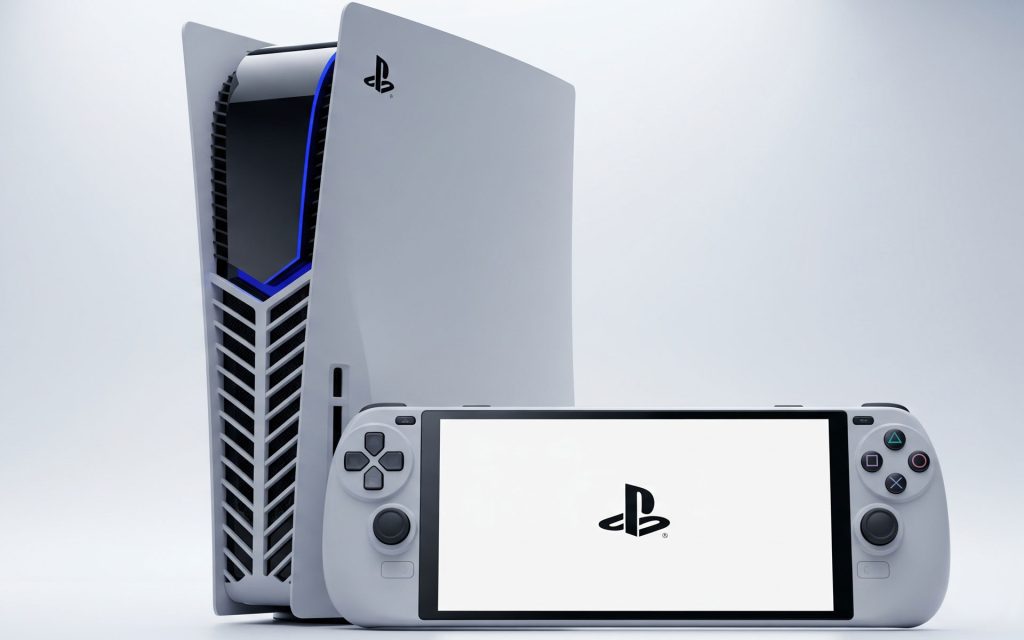
To all my industrial designer friends, then, who are concerned about AI rendering their jobs obsolete in the future: rest easy, people. LLMs are absolutely incapable of delivering a truly original – but also manufacturable and fully functional – design for new tech consumer products: simply too many variables to consider, it seems, and not enough understanding of how things actually work.
Then again, maybe my prompts were not smart enough or accurate enough – or, maybe, paid image generators are capable of superior results based on the same prompts. Happened to test this out yourself? Had better luck with local LLMs? Get in touch and send over your results to be included as counter-examples in this article!




















